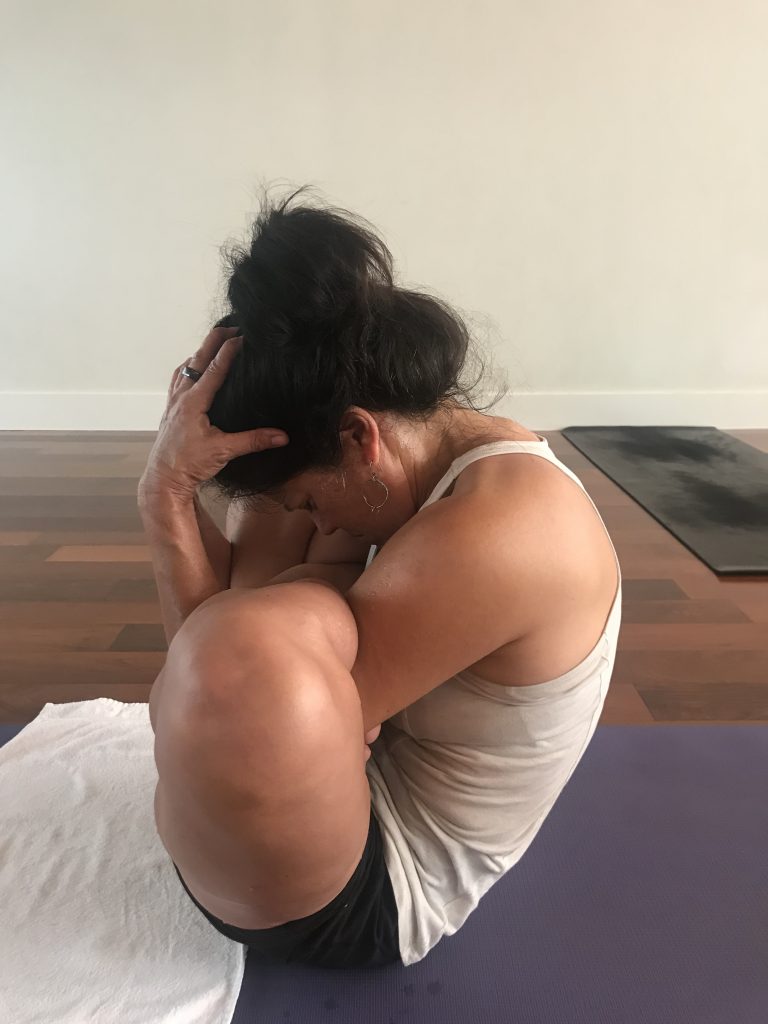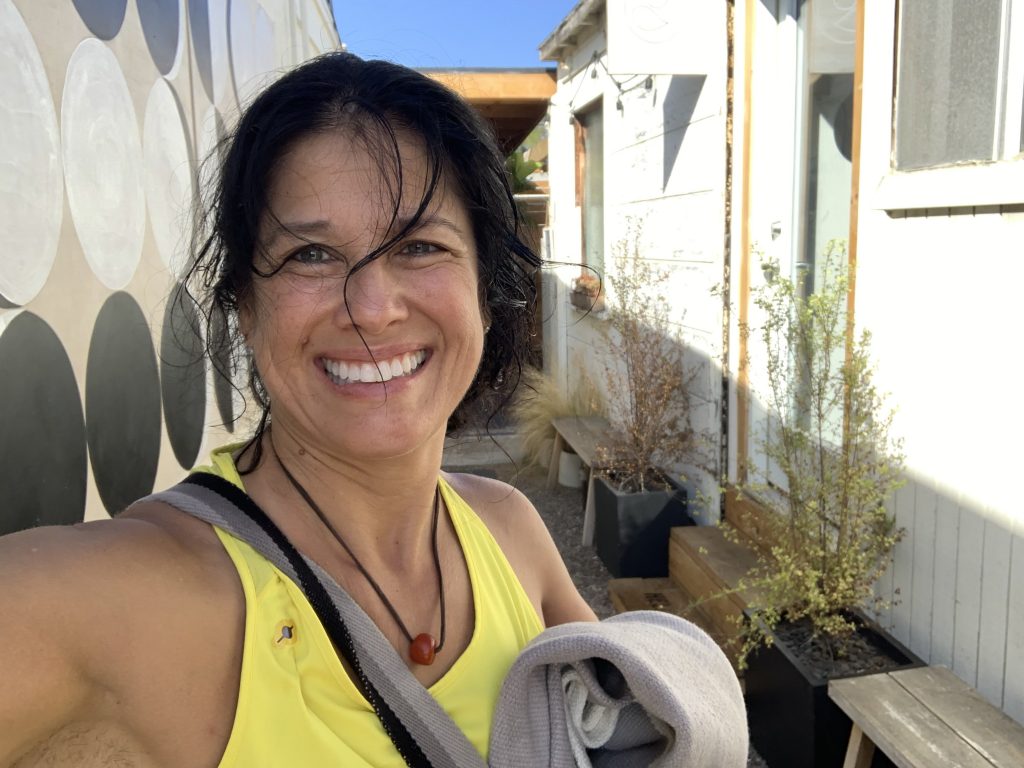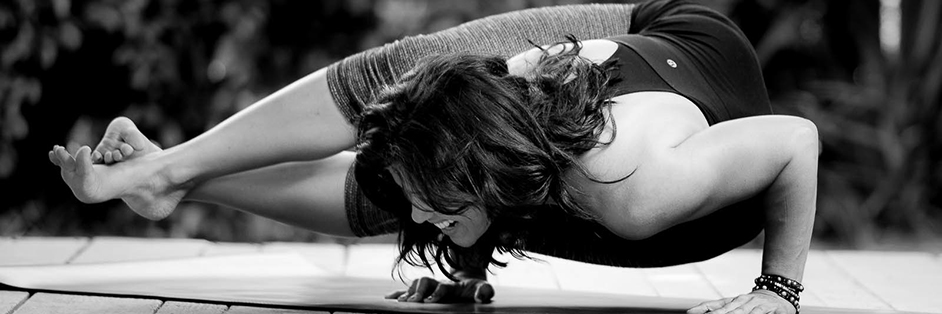expectations
One morning, while en route to yoga, I questioned why I was even going. My body ached something fierce and my mind was far from finding acceptance with how I was feeling. It was hard not to set an expectation for a “bad practice.” I reminded myself to have an open mind and not judge what was to come. After all, that *is* the point of the practice: the same sequence of poses, done in the same order, 6 days per week unfolding in a new way each time.
The radio played as I creeped along the freeway. I shook my head, surprised to find traffic so heavy this early in the morning. Ahead of me, the clouds (both dark and light), caught just a hint of the sunlight. It was beautiful and immediately made me feel grateful to have slowed down just enough to notice. Just like that, my mind shifted and I smiled thinking how easily the bad can be turned into something just a little bit better.
As for my practice, I do not recall how far into it before I became aware that I was no longer feeling any signs of discomfort. I guess, like the sunlight behind the clouds, the body to which I awakened also had a few surprises for me. A short while later, even though the pain had left, I told my teacher that I wasn’t sure how deep of a kapotasana I had to offer. A few deep slow breaths into the pose, I felt a sudden wave of release. She had said, “Let go,” and so I did. I let go of fear, my need to protect my heart, and I let go of expectations…at least for a time. And this too was new, for I’ve been holding on to a lot lately.
Strength & Santosha

Do you know that voice inside your head that tells you that you are not enough? It’s the voice that told me (repeatedly) that the world didn’t need me to finish off my yoga teacher certification — because I didn’t have anything of value to add to the yoga world. Sure, I had other priorities such as being there for my sons’ football games, boxing matches, and other priceless moments that I wouldn’t have missed for the world. But, the fear of standing in front of the class as the teacher was real. It still is. And that darn voice keeps talking to me.
Inhale. Exhale….
The truth is, I KNOW deep down that I have so much to share. From the time I first rolled out my mat (barely able to touch the tips of my fingers to the floor in the sun salutations) to now, I have learned a lot — about yoga and about myself. This voice that tells me that I am not enough isn’t me. And it tells lies, testing my ability to see the truth.
Inhale, Exhale…
So when I saw the desperate call for subs on the Breathe Together Teachers Page, I shushed that voice and agreed to teach, not one, but TWO classes this coming Sunday. Focused on bringing strength to the foundation of the pose (primarily legs), we will be working on Santosha (contentment) and therefore standing up to the voice in our head that may be telling us lies.
If you are in the area, please come practice with me at…Breathe Together Yoga. I am subbing the following two classes this Sunday, October 13th, 2019.
- Power Vinyasa – Sunday, October 13 10-11:15am
- Satya Flow – Sunday, October 13 11:30-12:45am
ayc

This is me after two days of morning mysore at the Ashtanga Yoga Center (AYC) in its new home. Being able to fit these two mornings at AYC into a crazy business trip was something short of a miracle. But, it happened and, for that, I am grateful.
Over 2 years has passed since I last visited AYC. Many things have changed but, thankfully, the studio is just as welcoming as before. In addition to seeing Timji again, I also got to meet Jen René (the teacher of the online ashtanga yoga teacher development program which I took in July-August) in person.
During my brief visit, I got a lot of helpful tips and a ton of inspiration.
Learning to Count
During my preparation to teach the class that would ultimately decide if I was certification-worthy or not, I began working on learning the traditional vinyasa count in Sanskrit. Over the years, I have committed to learning the Sanskrit name of the poses in my given practice. For me, it is part of the practice; in a sense, learning the name is like taking ownership of the pose. Although I have made a point to know when and where the inhalations and exhalations occur, learning the traditional count was never something I felt compelled to learn.
Until… I was asked to substitute teach the Led Primary class at a newer yoga studio in the Bay Area. The led class occurs weekly at many studios and serves as a complement to the students’ regular Mysore practice. While the student follows their own breathing pattern during their Mysore practice, they learn efficiency when asked to keep their practice married to the teacher’s count (which may be faster or slower than their usual pace). In this led class, the teacher calls out the names of the poses in Sanskrit along with traditional vinyasa count and, often, not a lot of other verbal cuing. Because the student already knows the sequence, there doesn’t need to be a lot of other direction.
So, I set out to learn it, naïve to the complexity that I would soon face. I quickly learned that it is not as easy as 1-2-3… There are poses which used to begin with a full vinyasa beginning from ekam (1) standing at the top of the mat, arms rise, and so on. These poses now have only a half vinyasa where the count begins with the student jumping through to seated from adho mukha svanasana (downdog) and therefore the count begins at sapta (7). That was the least of my confusion. There were other instances where the count reverted back somewhere in the previous number sequence, sometimes repeatedly, other times only once. After a few days of carefully reviewing various recordings and writings of the practice, I became completely overwhelmed to the point of tears. It wasn’t until my teacher shared with me that “traditional” count was not at all traditional in the sense that every teacher doesn’t call it out exactly the same. She advised me to just learn when and where the inhale and exhale goes for the test out and even upcoming the led class. Then, keep working on learning the count and, over time, it will come.
And, while I don’t believe that learning the vinyasa count makes you any better of a student, I wonder if learning it somehow energetically creates a stronger bond to the flow of the practice in a similar way to my commitment to learning the names of the poses as a way to “own” the poses that are part of MY practice. It’s just a thought. What do YOU think?
When Called to Serve
Less than an hour after teaching my test out class to officially get my JOY of Yoga 200h Teaching Certification, I was asked to start a class for a teacher who had gotten caught in traffic due to a big accident on Highway 17. “It will be about 30 minutes,” she said, “just teach them what you just taught us. You’ll do fine.” I laugh nervously but wasn’t going to say “no” for they needed me and I just cited a quote in my test out about being called upon to teach.
When we are called to serve, we need to act as if we are qualified — even when we think we are not truly capable.” – Jennifer Prugh, Founder of Breathe Together Yoga.
When I spoke of this feeling of being called to serve, I was thinking about (1) my teacher needing assistance with our Mysore Program, and (2) about a request to substitute/guest teach at a new Ashtanga Yoga Studio in Los Altos. I never dreamed I’d be called to pop into a Vinyasa Yoga class to teach. Still, a calling is a calling. And I am not one to leave someone in need of help if I have something to offer.
So…I did it! I rolled out my mat at the front of the class and introduced myself. I explaining that their teacher was delayed but on her way, and that I there to hold the space for her until she arrived, adding that I was going to get them started with a few sun salutations and a sampling of the ashtanga primary series.
I taught for about 50 minutes then welcomed their regular teacher into the space when she arrived. Upon leaving the room, I had already begun a list of inner critique for my teaching. This included not learning anyone in the room’s name. *frown* I heard the class clapping as I left and knew it could mean one or two things: Either they were happy with my teaching OR they were relieved that their teacher had made it there. Nonetheless, I held my head high in knowing that I had done my best — and next time will try to do even better.








